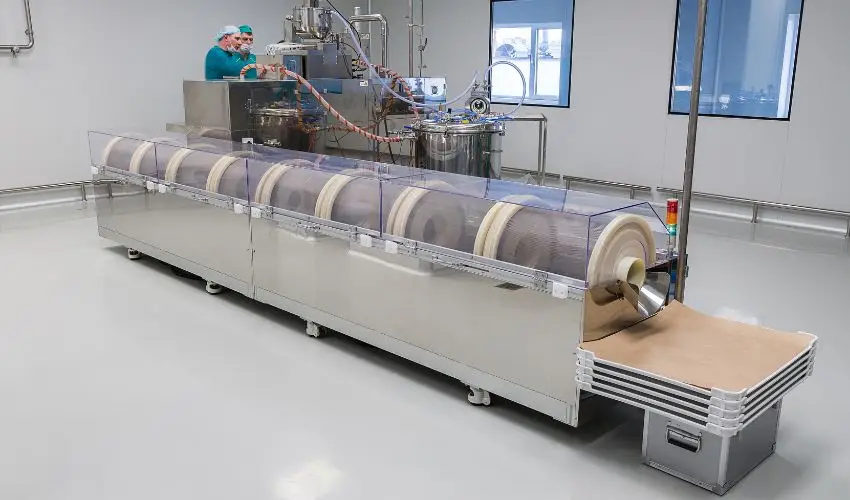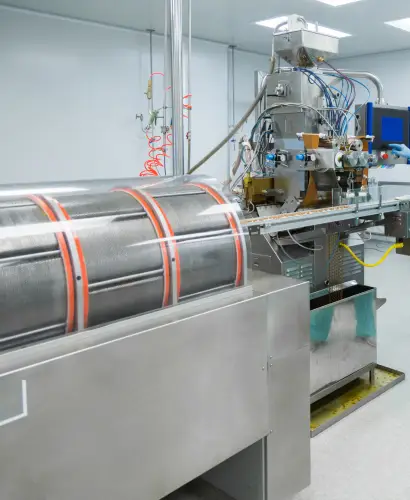Nullam dignissim, ante scelerisque the is euismod fermentum odio sem semper the is erat, a feugiat leo urna eget eros. Duis Aenean a imperdiet risus.
Nullam dignissim, ante scelerisque the is euismod fermentum odio sem semper the is erat, a feugiat leo urna eget eros. Duis Aenean a imperdiet risus.


A horizontal autoclave is a large, pressurized vessel designed to perform processes that require controlled temperature, pressure, and steam. Like all Horizontal autoclaves, it uses steam and pressure to achieve results that ordinary equipment cannot. The key difference is its horizontal design, which makes it ideal for loading large or bulky materials, such as aerospace components, long composite parts, or Horizontal tools.
Horizontal autoclaves are used in a variety of industries, each with its own unique requirements. Here are some of the most common applications:
 Some Question
Some Question